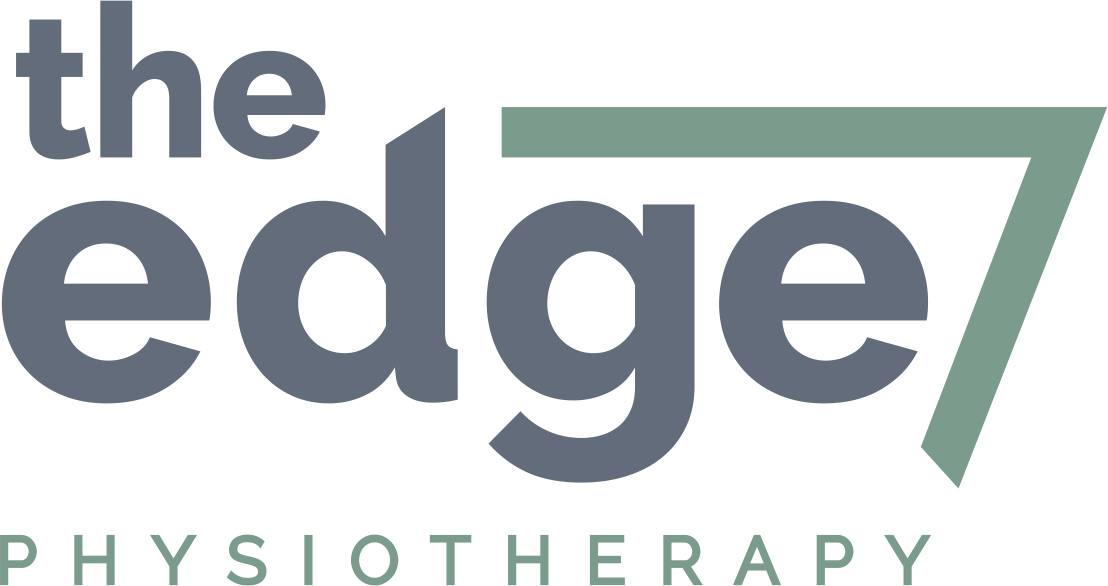Joint Hypermobility
“My knee can bend really far, and I can pop my shoulder too, see look!”, this is the moment in the consultation with a patient that I cringe ever so slightly. To see a shoulder pop in and out of a joint is a party trick for sure. Joint hypermobility is one of those favourite diagnoses that is used by many practitioners and non-practitioners alike, but not terribly helpful when it comes to treatment. What we need to understand is, ok this person is hypermobile and they are a gymnast (for example), what do we need to implement to help them manage this?
Joint hypermobility is most commonly found in the young population with 30-34% of all school aged children (Cincinnati Children’s Hospital). So a third, a third of all kids have some degree of joint hypermobility. And yes, it is considered to be an inherited disorder that affects connective tissue proteins. So if mum is hypermobile, chances are, so are the kids. After pubescence, this is more likely to be seen in the female population while it decreases in boys. Most of the time joint hypermobiity is considered to be idiopathic without being linked to a definitive diagnosis or pathology. However, there are a handful which are, including Marfan’s Syndrome, Ehlers-Danlos syndrome and Stickler syndrome.
Symptoms can include fatigue with everyday things, eg. Sitting at a school desk for too long the kids get tired and handwriting suffers; joint and muscle pain (sometimes more commonly diagnosed as growing pains, I see this a lot in the calf muscle - back of the leg). Other things some patients experience can include sleeping poorly (I often ask my patients, do you wake up tired or refreshed?), headaches, postural orthostatic tachycardia syndrome (POTS), gastrointestinal problems like Irritable Bowel Syndrome, and autonomic dysfunction (nerve damage). Some things I have seen in my own clinical experience is continence issues (can be bowel and bladder so leakage and constipation) and anxiety/depressive disorders.
One measure we have of scoring joint hypermobility includes the Beighton Score, which looks at multiple joints in the body and rates their laxity and range out of 9. A score of 5 and above is considered hypermobile. While criticised for not including other important joints in the body including fingers and spine, it is still a good indicator of this diagnosis. I have included a video below, have a go and see how you fair.
I can say that as I’ve gotten older, my score has gone down! but you can see how this can impact on people’s lives in many ways and needs to be addressed appropriately.
All the best
Sam
